Spring, summer, and fall are all active growing seasons for your lawn. During this time it will need approximately one inch of water per week to grow properly. Irrigating your lawn is critical for getting the right amount of water to the roots, whether delivered naturally from precipitation or with a sprinkler system.
The Best Types of Irrigation Systems
There are several types of irrigation including the drip/trickle system, subsurface irrigation, and sprinkler irrigation, which is the most common. An underground sprinkler system has been found to be the most efficient at delivering the proper amount of water to your lawn. That’s because it’s on a timer and releases the same volume of water at the same rate every time.
If you do not want to invest in this type of sprinkler system, however, a pulsating rotating sprinkler is suggested over and oscillating type. A pulsating sprinkler delivers water rapidly in a horizontal stream as opposed to in a vertical stream like the oscillating style. This helps to keep the water from evaporating or simply being blown away from the area you are intending to water.
All of these factors come into play when you’re using your watering/irrigation system and want to deliver the proper amount of water to your lawn.
Water absorption
Other factors that will come into play are heat, water penetration, and water retention. The sun, especially on a hot Colorado day, can evaporate a tiny droplet of water dispensed by a sprinkler type irrigation system very easily. This is why it is recommended to water in early morning hours.
Evening hours, after the sun has gone down, is not recommended. Water tends to cling to the blades of the grass, as opposed to penetrating the soil, during this time. This not only leaves the roots without the hydration they need, but can also cause fungal diseases.
Different soils also receive water differently. Most lawns are grown in a sand/clay combination soil called loam. If the loam has more sand than clay the water will penetrate more quickly but doesn’t retain it well. If it has more clay, the opposite is true. Adding supplements to your soil such as manure or topsoil can help, especially with water retention.
Two ways to know if your lawn is getting enough water
Screwdriver Method. One way to tell if your lawn is currently getting the proper amount of water is to take a 6-inch screwdriver and push it into your lawn. When you water, it should be penetrating the soil down six inches deep, so if it’s difficult to insert a screwdriver, the lawn is too dry.
Water an area for 15 minutes and then push the screwdriver into the lawn. If it is easy, then 15 minutes is your watering time. If not, continue testing in 15-minute increments until it is easy, and use that as a guide for water times. From here, water 1-2 times a week deeply, for the determined amount of time.
Container Method. Another way to tell if you are giving your lawn the inch to inch and a half of water a week that your lawn needs. To test this, place several small containers (soup cans work well) randomly on your lawn. Run your irrigation system.
Check the amount of water in the containers to see how much water the lawn is receiving and adjust accordingly. Additionally, you will be able to tell if there are spots not receiving enough water and you can give more attention to those spots, perhaps with a bit of hand watering.
Speaking to a sod professional about your lawn goals, soil and shade conditions, water, irrigation, and maintenance habits will help them determine the best sod for your specific project. Whether you are needing new sod or support with sod care, contact Emerald Sod Farms today to learn more about the best sod installation in Colorado and surrounding states, applications, pricing, and sod maintenance.
